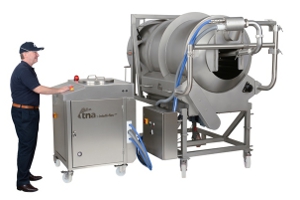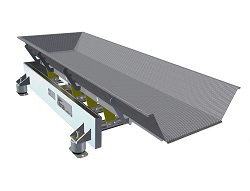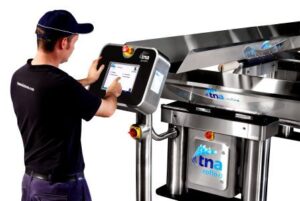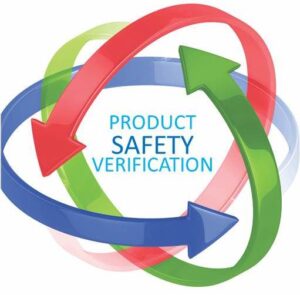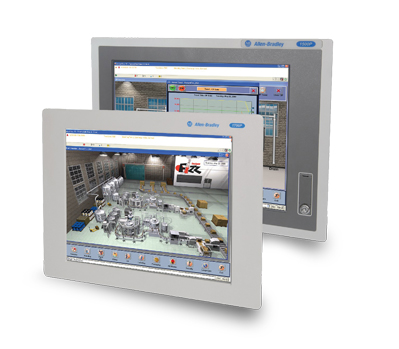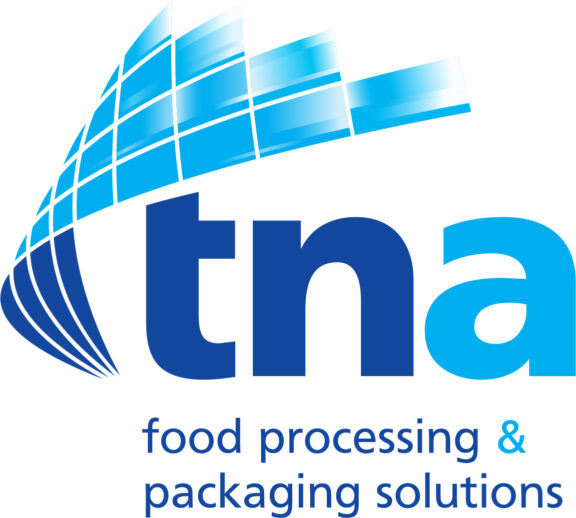Top 5 considerations when selecting frying equipment
flexibility | 3 mins read
February 25, 2015
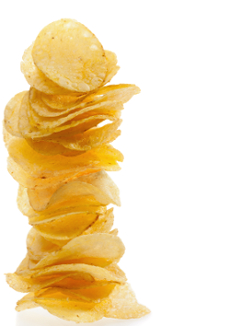 Today’s consumers want it all – convenience is king, but we are not willing to compromise. They want products that taste great and look and smell attractive for a complete sensory experience. Frying is an ideal way for manufacturers to meet consumers’ increasingly discerning demands. One of the fastest heat transfer methods available, frying can add considerable value to a wide variety of food products, including meat, poultry, seafood, bakery and snack foods. Selecting frying machinery, however, is a multi-faceted decision and manufacturers must ensure they identify the frying system that best suits their needs.
Today’s consumers want it all – convenience is king, but we are not willing to compromise. They want products that taste great and look and smell attractive for a complete sensory experience. Frying is an ideal way for manufacturers to meet consumers’ increasingly discerning demands. One of the fastest heat transfer methods available, frying can add considerable value to a wide variety of food products, including meat, poultry, seafood, bakery and snack foods. Selecting frying machinery, however, is a multi-faceted decision and manufacturers must ensure they identify the frying system that best suits their needs.
Here are our top 5 considerations when selecting frying equipment:
Find the best solution for your product
Frying and processing equipment must be suitable for handling specific types of food products, as each food type has its own set of attributes, unique structure, weight, surface texture and topography which will determine its processing requirements. Flexibility in equipment design is therefore key when it comes to catering for different cooking profiles.
Oil quality maintenance
Oil is one of the most important food processing ingredients on the production line – and one of the most expensive. Maintaining oil quality and integrity is vital to reducing oil loss or wastage, and profitability. The most innovative frying technology incorporates continuous filtration systems to help remove particulate material left behind after cooking and continuous fresh oil infeed to maintain optimum oil levels. This ensures the product is cooked in the freshest oil, assisting manufacturers to produce fried goods of the highest possible quality.
Single-point control
Designing processing systems with integrated controls and monitoring solutions puts efficiency at the core of operations. An effective, centralised control system is key to ensuring the production line remains simple to use, flexible in product types and movement between each area is seamless. What’s more, this enhanced level of control over the entire production line reduces the risk of production flow interruptions.
Maximising sustainability
Environmental concerns continue to grow in importance. Selecting a fryer with an efficient heating element design is one step towards reducing the physical footprint of a system without compromising product throughput and quality. New fryer designs comprise smaller tube configurations to increase heat transfer, enhance system efficiencies and reduce overall machine footprint compared to conventional setups.
Achieving the highest safety standards
There is increased pressure on manufacturers to prevent food contamination. Hygienic design of machinery and equipment is the basis for safe food production. A simple design with smooth surfaces, no blind spots and no areas where microorganisms can build up can help food manufacturers adhere to increasingly strict food safety requirements. All frying systems should be simply constructed with minimum moving parts, which are easily accessible to help ensure the highest level of hygiene.
Or, to hear more about our expert processing systems contact FOODesign today.















